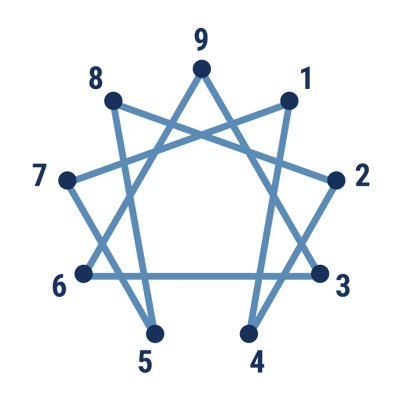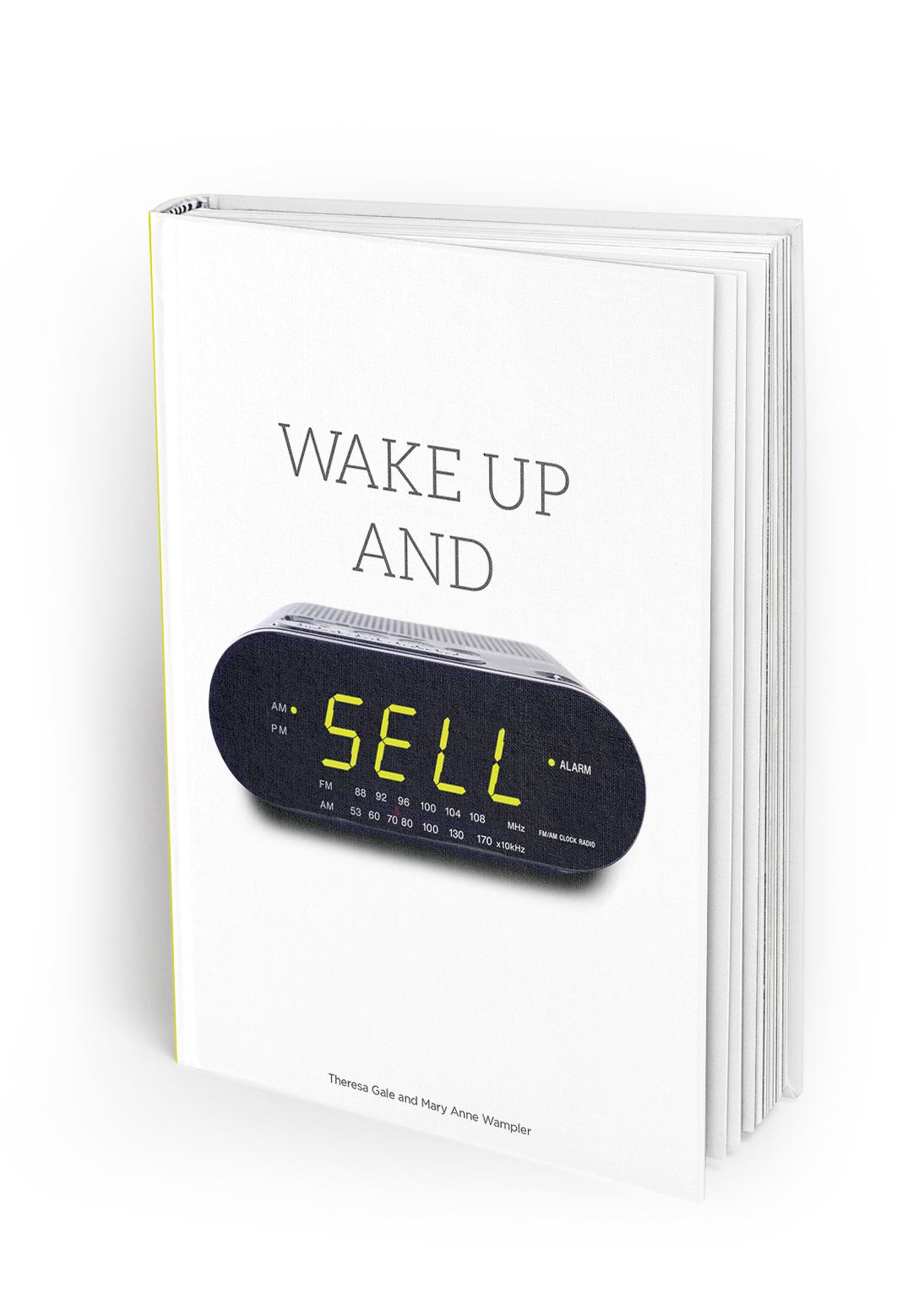“Jeff Bezos, the founder of Amazon.com has accomplished a great deal in his forty-eight years. He’s reshaped the retail business. He’s become one of the thirty wealthiest people on the planet. And with far less fanfare, he’s devised one of the best attunement practices I’ve encountered.
Amazon, like most organizations has lots of meetings. But at the important ones, alongside the chairs in which his executives, marketing mavens, and software jockeys take their place, Bezos includes one more chair that remains empty. It’s there to remind those assembled who’s really the most important person in the room: the customer.
The empty chair has become legendary in Amazon’s Seattle headquarters. Seeing it encourages meeting attendees to take the perspective of that invisible but essential person. What’s going through her mind? What are her desires and concerns? What would she think of the ideas we’re putting forward?
Try this in your own world. If you’re crafting a presentation, the empty chair can represent the audience and its interest. If you’re gathering material for a sales call, it can help generate possible objections and questions the other party might raise. If you’re preparing to roll out a new program to employees, it can get you to think about how the employee might view the new program from the lens, What’s in it for me? (WIIFM).
Attuning yourself to others—exiting you own perspective and entering theirs—is essential to moving others. One smart, easy, and effective way to get inside people’s heads is to climb into their chairs.”
(Excerpted from To Sell is Human by Daniel Pink)



